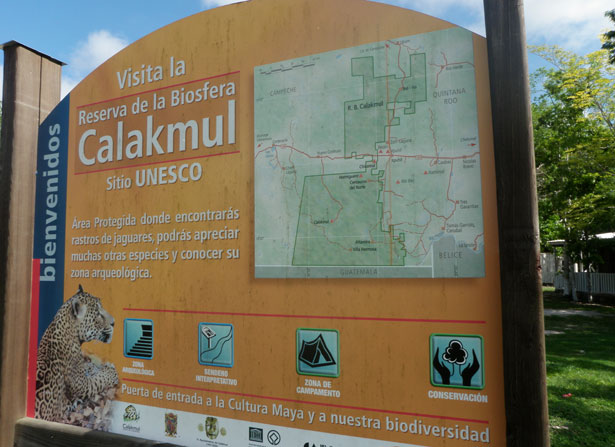Where Credit Is Due: How Acknowledging Expertise Can Help Conservation Efforts

Scientists know that tapping into local expertise is key to conservation efforts aimed at protecting biodiversity – but researchers rarely give credit to these local experts. Now some scientists are saying that’s a problem, both for the local experts and for the science itself.
To address the problem, a group of scientists is calling for conservation researchers to do a better job of publicly acknowledging the role of local experts and other non-scientists in conservation biology.
“For example, in the rainforests of the Yucatán, scientists couldn’t even begin to do any conservation research without local guides – between snakebites and getting lost, it would be too dangerous for outsiders to venture in alone,” says Nora Haenn, lead author of a paper in Conservation Biology on the subject. “In fact, biologists doing fieldwork there entrust part of their graduate students’ training to guides that understand the region and its wildlife.”
According to the paper, the Mexican government itself relies on local guides to collect information on biodiversity in the region of the Calakmul Biosphere Reserve, the country’s largest protected area for tropical ecosystems.
“Even if they’re referring to academic literature, reserve officials are looking at papers that were written by scientists who relied on guides,” says Haenn, an associate professor of anthropology and international studies at NC State. “The guides are essential to this work.”
However, academic papers and other scientific publications rarely give local guides full credit for their expertise. For example, guides are almost never listed as co-authors, even when they played a primary role in data collection, and often are not listed in a paper’s acknowledgements.
“This is because local experts are campesinos, not members of the middle class,” Haenn says. “To protect the perceived value of their research findings, and their related status in the field, scientists are hesitant to highlight the important role of local experts, because local experts don’t have the social and educational pedigrees that are expected in the scientific community. Ultimately, this hurts everybody.”
By failing to highlight the role of local people in conservation research, Haenn and her co-authors argue, outside observers get a skewed perspective on the relationship between local people and conservation efforts. Because locals are not acknowledged as being part of the conservation effort, they are perceived as obstacles to conservation. This makes it more difficult to identify local partners for conservation efforts, since outsiders are often unaware that locals already play a crucial role in conservation.
By the same token, if a scientist hasn’t acknowledged the role of local guides in collecting data on a specific subject, it is much more difficult for other researchers to find relevant information to assist in future research endeavors. Certain kinds of conservation challenges, especially involving large geographical areas or poorly documented species, require significant amounts of data collection. Because local experts interact with their environments in a more long-term way than visiting researchers, they often have the kind of detailed knowledge needed for this kind of work.
But failure to fully acknowledge the role of expert guides also has serious repercussions for the guides themselves.
“A lack of formal credit in the science community means that these guides don’t get the status – or the salary – that comes with being a recognized expert ,” Haenn says. “And campesinos make about $10 a day, or half of what would be a middle-class salary in the region, so this has a significant impact on their quality of life.
“And while our focus was on tropical Mexico, we think our conclusions are likely relevant for conservation biologists doing fieldwork around the world,” Haenn says.
The paper, “Improving Conservation Outcomes with Insights from Local Experts and Bureaucracies,” is a peer-reviewed essay, published online in the journal Conservation Biology. The paper was co-authored by Birgit Schmook and Yol Reyes of El Colegio de la Frontera Sur (ECOSUR) in Mexico, and Sophie Calmé of the Université de Sherbrooke in Canada. The research was supported, in part, by Mexico’s Consejo Nacional de Ciencia y Tecnología.
- Categories:


